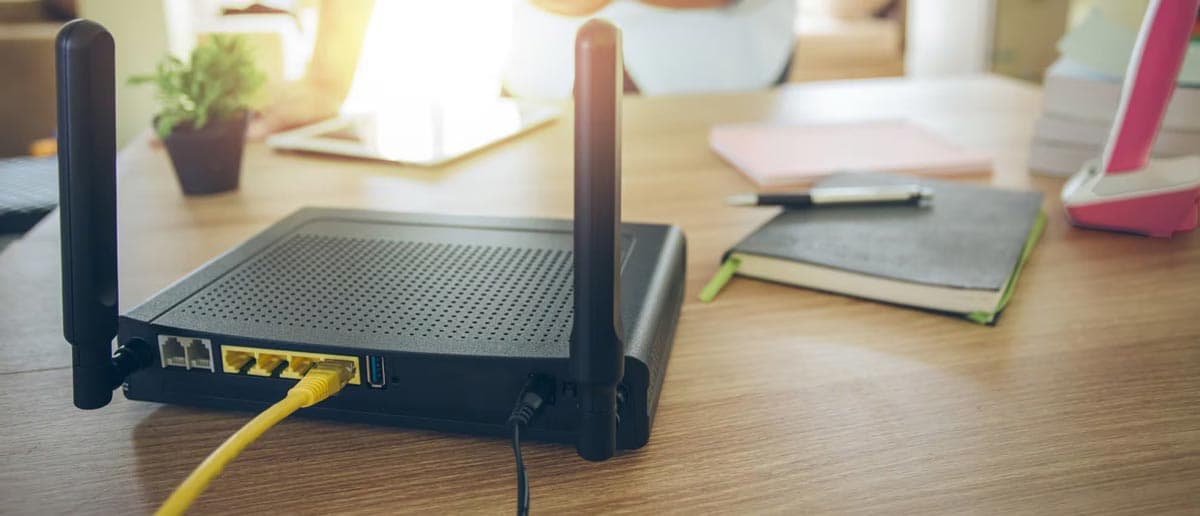
How to Connect Laptop to WiFi: The Ultimate Guide for Windows 10 and 11
Understanding WiFi Network Basics
- WiFi: Wireless Fidelity, a technology that uses radio waves to provide network connectivity, creating a wireless network.
- SSID: Service Set Identifier, the name of the WiFi network.
- Router: The device that broadcasts the WiFi signal.
- WiFi Password: Also known as the network security key or passphrase.
HP Support Resources
Access detailed guides for troubleshooting network connectivity issues and optimizing your wireless connection.
Resolving Diagnostic Errors During Startup
Fix network-related diagnostic and startup issues
Computer Locks Up or Freezes
Troubleshoot system and network performance problems
Managing Power Options in Windows 10
Optimize power settings for better network connectivity
Reset Your Computer to Factory Settings
Restore network adapters and connectivity settings
Computer Does Not Start or Boot
Troubleshoot startup and network adapter issues
Setting Up Your WiFi Network
- Wireless Router: This device will broadcast your WiFi signal. Ensure the wireless router supports the latest WiFi standards for optimal performance.
- Modem: Connects to your internet service provider (ISP) to provide internet access.
- Ethernet Cable: Use an ethernet cable to connect your modem to your wireless router.
- Plug one end of the Ethernet cable into the modem and the other end into the WAN (Wide Area Network) port on your wireless router.
- Plug in and turn on both your modem and router. Wait a few minutes for them to fully power up and establish a connection.
- On your laptop, connect to the router using another Ethernet cable or the default WiFi network (usually labeled on the router).
- Open a web browser and enter the router’s IP address (commonly 192.168.1.1 or 192.168.0.1) to access the router’s admin interface.
- Log in using the default username and password (found in the router’s manual or on a sticker on the router).
- Navigate to the wireless settings section.
- Set your SSID (network name) and choose a strong network security key (WiFi password).
- Select the appropriate security protocol (WPA3 or WPA2 is recommended for better security).
- Save your settings and reboot the router if prompted. This will apply your new configurations.
- On your laptop, click the network icon in the taskbar, select your newly created WiFi network, and enter the WiFi password.
- Check the “Connect automatically” box if you want your laptop to connect to this network in the future.
- Click on the network icon in the taskbar (it looks like a globe or WiFi bars).
- Select the WiFi network you want to connect to from the list.
- Check the box that says “Connect automatically” if you want Windows to connect to this network in the future.
- Click “Connect.”
- Enter the network security key (password) if prompted.
- Click “Next” to finish the connection process.
- Click on the network icon in the taskbar (it may be combined with the sound and battery icons).
- Click on the arrow next to the WiFi icon to see available networks.
- Select the network you want to connect to.
- Check the box for “Connect automatically” if desired.
- Click “Connect.”
- Enter the network password when prompted.
- Click “Next” to complete the connection.
Troubleshooting WiFi Connection Issues: WiFi Password
- Restart your device: Often, a simple restart can resolve connection issues with your Wi-Fi network.
- Check WiFi is turned on: Ensure the WiFi switch (physical or in settings) is activated.
- Update network drivers:
- Open Device Manager (right-click Start button > Device Manager)
- Expand “Network adapters”
- Right-click your WiFi adapter and select “Update driver”
- Choose “Search automatically for updated driver software”
- Run the Network Troubleshooter:
- Go to Settings > Network & Internet > Status
- Click “Network troubleshooter”
- Follow the on-screen instructions
- Forget the network and reconnect:
- Go to Settings > Network & Internet > WiFi > Manage known networks
- Click on the network name, then “Forget”
- Try reconnecting from scratch
- Check your router:
- Ensure your router is powered on and functioning
- Try restarting it by unplugging for 30 seconds, then plugging back in
- Disable VPN: If you’re using a VPN, try disabling it temporarily to see if it’s causing connection issues.
- Reset network settings:
- Go to Settings > Network & Internet > Status
- Click “Network reset” and follow the prompts
- Check for Windows updates:
- Go to Settings > Update & Security > Windows Update
- Click “Check for updates” and install any available updates
Advanced WiFi Connection Options
- Go to Settings > Network & Internet > WiFi > Manage known wireless networks
- Click “Add a new network”
- Enter the network name (SSID), security type, and password
- Right-click on a connected network and select “Properties”
- Here you can view detailed information about the connection
- In network properties, choose whether a network is public or private
- This affects network discovery and file sharing settings
- Set a connection as metered to limit data usage on networks with data caps
- In network properties, toggle “Set as metered connection”
- Open Command Prompt as administrator
- Type “netsh wlan show profiles” to see saved networks
- To connect, type “netsh wlan connect name=YourNetworkName”
- If your router supports it, press the WPS button on the router
- On your PC, go to Settings > Network & Internet > WiFi
- Click “Connect using WPS button”
Optimizing Your WiFi Connection
- In Device Manager, go to your WiFi adapter properties
- Under the Power Management tab, uncheck “Allow the computer to turn off this device to save power”
WiFi Security Best Practices: Network Security Key
- Avoid accessing sensitive information on public networks
- Use a VPN for added security on public WiFi
- Disable file sharing when on public networks
Troubleshooting Specific Issues
WiFi Connected But No Internet
- Check if other devices can connect to the same Wi-Fi network
- Try visiting http://www.msftconnecttest.com/redirect
- If it doesn’t load, you may have a DNS issue. Try changing your DNS server to 8.8.8.8 (Google’s public DNS)
Slow WiFi Speeds
- Run a speed test at www.speedtest.net
- Compare the results with your internet plan’s promised speeds
- If speeds are significantly lower, try the optimization tips mentioned earlier
Frequent Disconnects: Network Adapters
- Check for interference from other electronic devices that may affect your Wi-Fi network
- Update your network adapter driver
- Check for overheating issues on your device. Consider a laptop cooling pad.

















